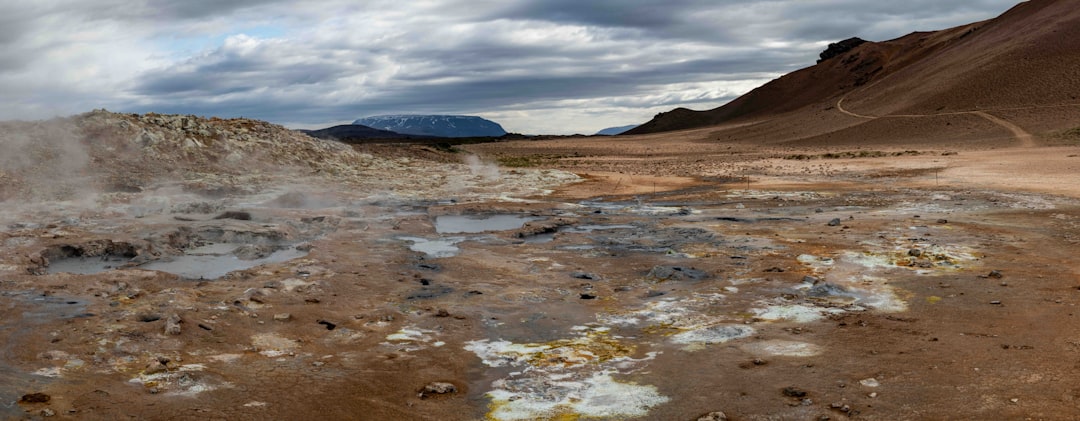A Smarter Way to Manage Water on the Farm and Beyond
Drainage is essential for healthy crops and productive farmland—but how we manage drainage has a big impact on the environment. Conventional drainage systems, when not designed thoughtfully, can contribute to water pollution, soil degradation, habitat loss, and even downstream flooding. That’s where sustainable drainage practices come into play.
By combining smart engineering with ecological principles, sustainable drainage systems (SuDS) aim to manage water in a way that benefits both agriculture and the environment. In this blog post, we’ll explore what sustainable drainage means, why it matters, and the best practices farmers and land managers can use to minimize their impact on the natural world.
What Are Sustainable Drainage Practices?
Sustainable drainage practices are systems and techniques designed to manage water quantity and quality, while also:
-
Reducing pollution and runoff
-
Promoting water infiltration
-
Enhancing biodiversity and habitat
-
Mimicking natural water cycles
Rather than just getting rid of excess water quickly, these systems aim to slow it down, spread it out, and soak it in.
Why Drainage Needs to Be Sustainable
Traditional drainage systems often:
-
Discharge large volumes of water rapidly into nearby rivers or streams
-
Carry excess nutrients, pesticides, and sediments that pollute water bodies
-
Cause streambank erosion and flooding downstream
-
Lower the water table, drying out nearby ecosystems
-
Reduce groundwater recharge, leading to long-term water scarcity
Sustainable drainage addresses these issues by balancing productivity with ecosystem health.
Core Principles of Sustainable Drainage
-
Control Water at the Source
Manage water close to where it falls, using tools like swales, retention ponds, or buffer strips, to reduce peak flow and runoff. -
Slow the Flow
Use structures and vegetation to delay water movement. This helps prevent flash floods and gives water time to infiltrate the soil. -
Improve Water Quality
Filter water through plants, soil, and wetlands to remove contaminants before it enters waterways. -
Enhance Biodiversity
Design drainage systems that provide habitat for birds, insects, amphibians, and beneficial soil organisms.
Practical Sustainable Drainage Techniques
🌿 1. Grassed Waterways and Swales
Shallow, vegetated channels that guide surface runoff across fields without causing erosion. They also trap sediment and allow infiltration.
🌾 2. Buffer Strips and Filter Strips
Strips of grass, shrubs, or trees planted along field edges or drainage ditches. They reduce runoff velocity and absorb nutrients and chemicals.
💧 3. Retention and Detention Ponds
-
Retention ponds hold water permanently and provide treatment through biological activity.
-
Detention ponds temporarily store runoff during storms, slowly releasing it later.
Both systems help regulate flow and improve water quality.
🚜 4. Controlled Drainage Systems
Using adjustable water control structures (e.g., weirs or gate valves), farmers can manage the water table and reduce unnecessary nutrient loss.
🌻 5. Constructed Wetlands
Engineered wetland systems that use plants and soil to clean drainage water before it enters streams or groundwater.
🕳️ 6. Permeable Surfaces and Infiltration Trenches
Allow rainwater and runoff to soak into the ground rather than flowing into ditches or pipes.
Sustainable Practices in the Field
-
Crop rotation and cover cropping improve soil structure and infiltration.
-
Conservation tillage reduces erosion and maintains soil organic matter.
-
Precision irrigation and fertilization prevent excess water and nutrient runoff.
-
Regular soil testing ensures nutrients are applied only as needed.
Benefits of Sustainable Drainage
🌱 For the Environment:
-
Cleaner rivers, lakes, and groundwater
-
Improved habitat for wildlife
-
Reduced risk of flooding and erosion
-
Greater climate resilience
🌾 For the Farmer:
-
Better field access and less waterlogging
-
Lower nutrient loss and input costs
-
Enhanced soil health and crop productivity
-
Long-term sustainability and compliance with regulations
Challenges and Considerations
-
Initial investment in redesigning drainage systems may be higher
-
Land use may need to be reallocated for features like ponds or wetlands
-
Ongoing maintenance is required to ensure systems function properly
-
Requires planning and cooperation across farms and watersheds
Despite these challenges, the long-term benefits—in terms of both productivity and environmental protection—make sustainable drainage a wise investment.
Conclusion
Sustainable drainage isn’t just about moving water—it’s about managing it wisely, holistically, and responsibly. By using practices that protect water quality, support biodiversity, and reduce environmental harm, farmers can ensure the land remains productive and resilient for generations to come.
Whether you’re a grower, land manager, or policymaker, embracing sustainable drainage is a step toward a healthier, more balanced relationship with water.
Ready to make your farm more water-smart? Reach out with questions or share your success stories—we’d love to hear how you’re making sustainable drainage work in your landscape.

Comments
No comments yet. Be the first to comment!
You must be logged in to comment. Login